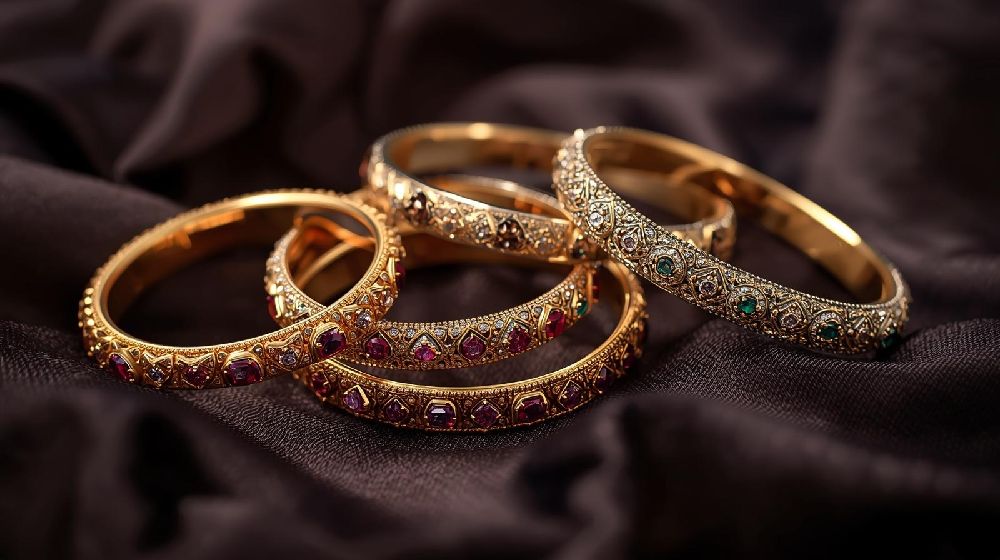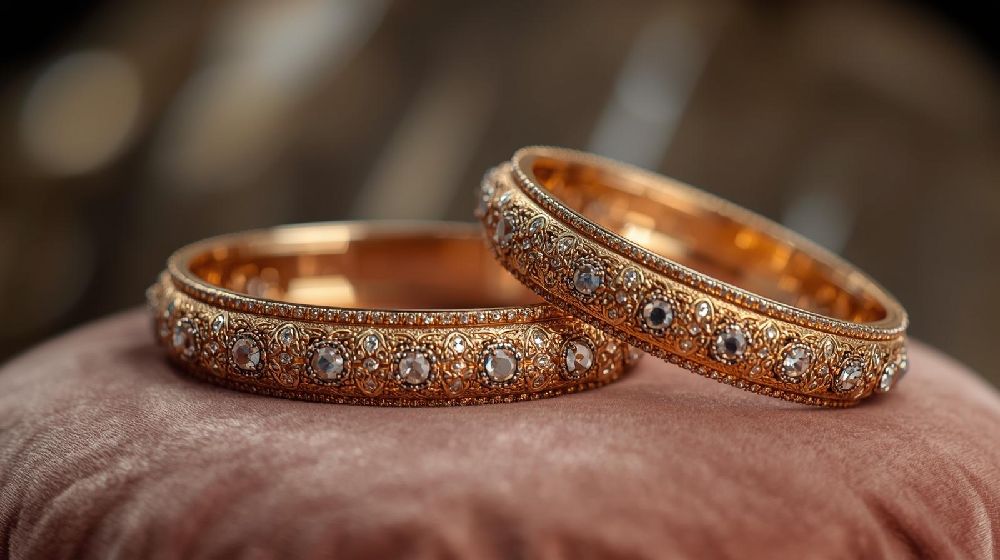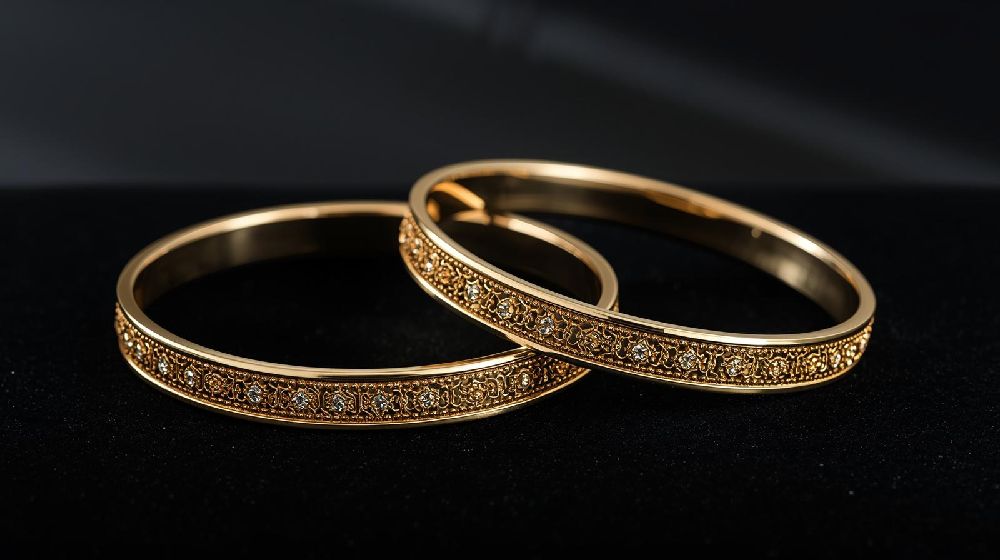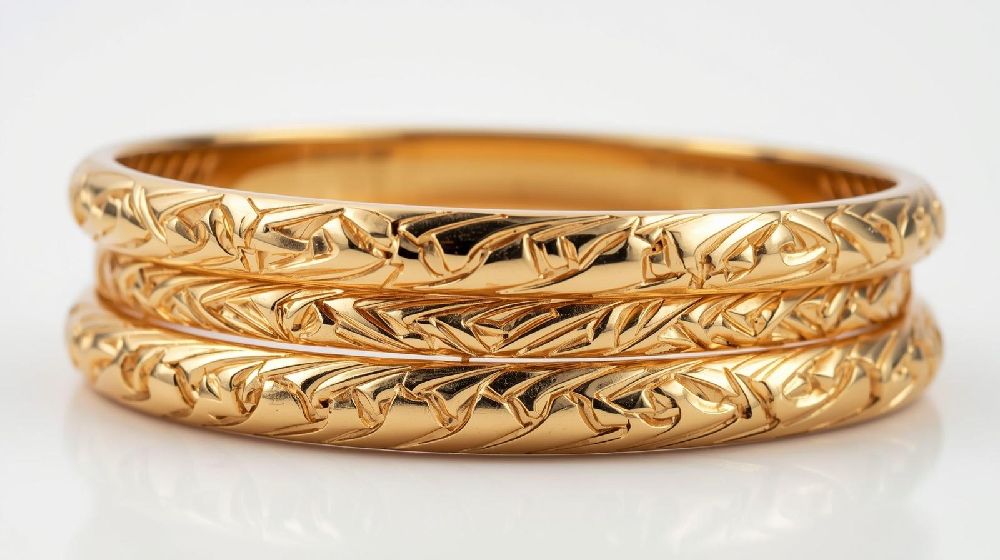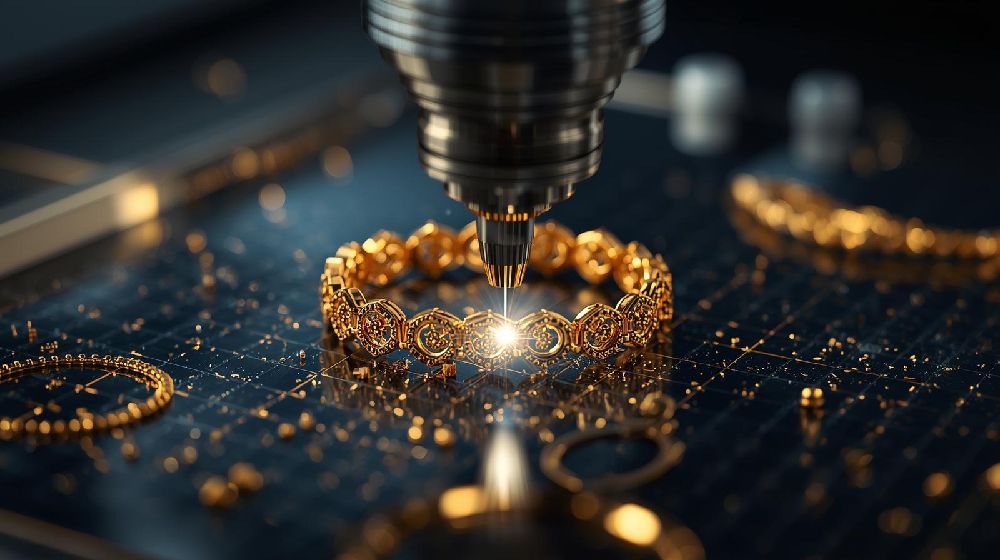In the ever-evolving world of gold jewelry, standing out requires a perfect mix of craftsmanship, innovation, and design that resonates with modern tastes. ORO-Z has successfully achieved this with its Italy and Tokyo collections, which are turning heads globally. But what exactly makes these collections so popular among jewelry enthusiasts, collectors, and fashion-forward buyers? Let’s take a closer look.
1. Cutting-Edge Manufacturing Meets Timeless Design
The Italy and Tokyo collections combine traditional artistry with modern manufacturing techniques:
-
Italy Collection: Known for intricate patterns, classic motifs, and smooth finishes. Each bangle, ring, and pendant is designed to balance elegance with daily wearability.
-
Tokyo Collection: Embodies avant-garde design, featuring layered textures, geometric shapes, and innovative patterns like overlapping elements and CNC-etched precision detailing.
By fusing timeless aesthetics with modern precision, ORO-Z ensures that both collections appeal to traditional buyers and contemporary trendsetters alike.
2. CNC & Laser Technology for Perfect Detailing
Both collections utilize state-of-the-art CNC machining and laser welding:
-
Ensures flawless repetition of patterns
-
Allows for complex layering and precision cuts
-
Produces durable yet lightweight designs, ideal for daily wear
These technological advantages enable designers to push creative boundaries without compromising quality.
3. Versatility That Matches Modern Lifestyles
The popularity of these collections is also driven by their versatility:
-
Italy Collection: Offers elegant bangles and rings suitable for weddings, festivals, and office wear.
-
Tokyo Collection: Features bold and statement pieces that complement casual wear, evening outings, and high-fashion ensembles.
Customers love that ORO-Z’s pieces transition effortlessly from day to night, making them both functional and stylish.
4. Attention to Gold Quality & Finishing
Both collections reflect ORO-Z’s commitment to premium gold quality:
-
High-karat gold ensures rich color and lasting shine
-
Finishing techniques like polishing, satin matte, and hammered textures enhance visual appeal
-
Every piece undergoes rigorous quality control and hallmarking, giving buyers confidence in their investment
This combination of aesthetics and quality strengthens trust and repeat purchase behavior.
5. Trend-Driven Yet Individualistic
This dual approach allows ORO-Z to cater to a broad spectrum of customers—from traditionalists to fashion-forward youth—without diluting brand identity.
6. Marketing & Brand Experience
ORO-Z supports these collections with strategic marketing and immersive brand experiences:
-
Social media showcases design intricacies and styling ideas
-
Lifestyle campaigns position the collections as must-have, versatile luxury
-
Customer-centric customization options enhance personal connection and exclusivity
Conclusion
The popularity of ORO-Z’s Italy and Tokyo collections is no accident. It stems from a perfect blend of advanced craftsmanship, trend-savvy design, gold quality, and lifestyle versatility. These collections not only reflect global jewelry trends but also set new benchmarks for style-conscious consumers seeking elegance, individuality, and long-lasting quality.
Whether you’re drawn to classic Italian sophistication or innovative Tokyo chic, ORO-Z ensures that every piece is more than jewelry—it’s a statement of timeless luxury with modern relevance.
